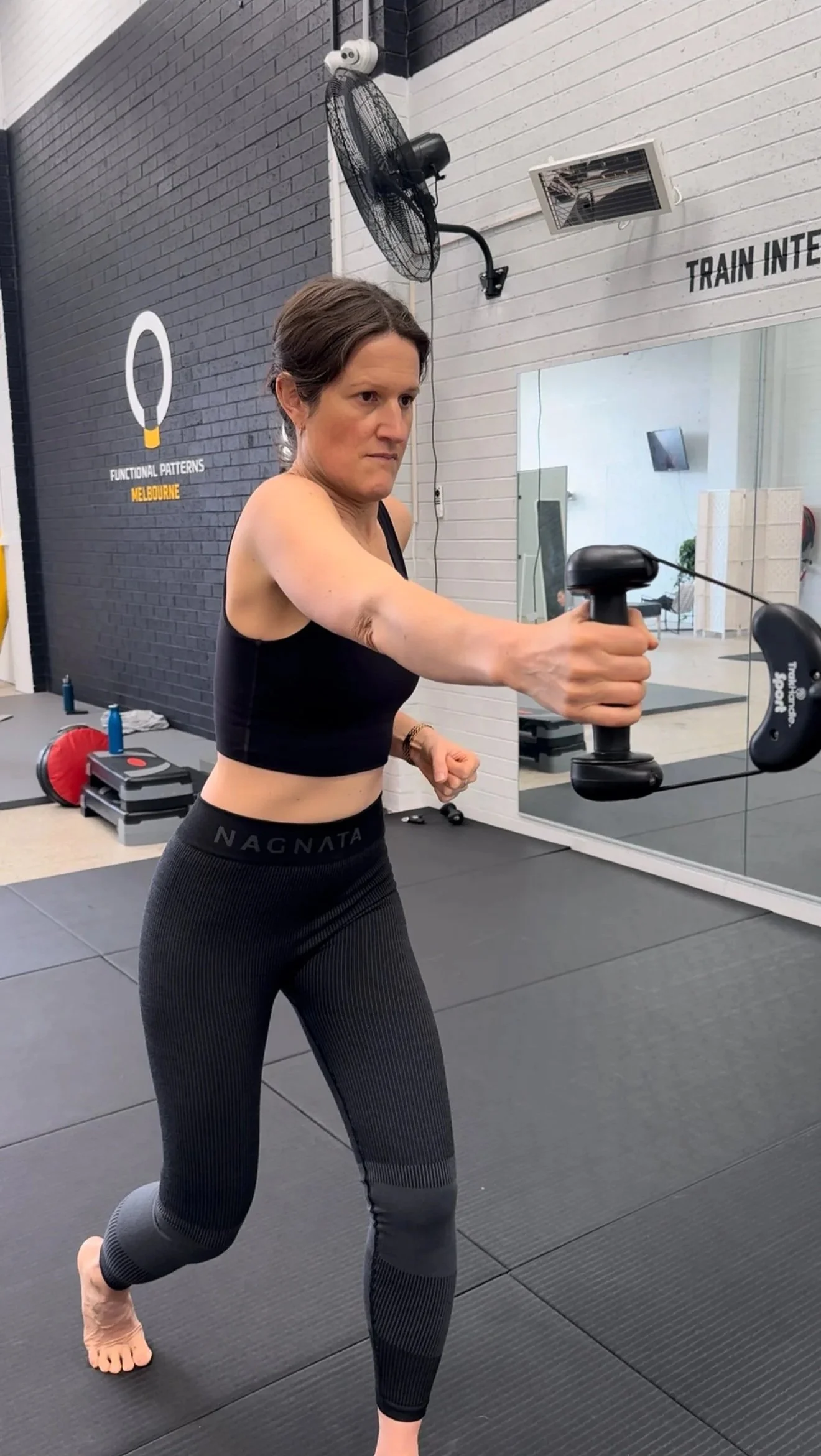How To Fix Hyperextended Knees Naturally
If you’ve been dealing with a hyperextended knee, chances are you’ve tried a few things to fix it. Whether it’s discomfort when standing still, or that familiar aching pain in your knee when bent, the issue might be more than just tight muscles or weak legs.
At Functional Patterns Melbourne, we see this often: people who’ve spent years with knee joint pain when bending, not realising their posture and movement patterns are to blame. That’s the problem we solve—at the root.
What Is a Hyperextended Knee?
A hyperextended knee occurs when the knee joint pushes too far backward, often locking out while you stand or walk. While it might seem like a harmless structural quirk, it’s usually a red flag for deeper imbalances in your body.
You might notice:
Pain when your knee is bent
Trouble straightening without discomfort
A feeling like you can bend the knee past a certain point
Excessive side-to-side or up-and-down hip motion
For many of our clients, the pain doesn’t appear suddenly. It shows up gradually as the body shifts into inefficient movement patterns. It’s these patterns that we target—because when you move better, the pain often stops showing up.
Why Traditional Fixes Fall Short
Let’s be real: most standard fixes don’t work long-term. You might try stretching, massage, or general strength training. And while they might help in the moment, they rarely change how you move when you’re standing, walking, or sitting.
This is where the Functional Patterns approach changes the game. Instead of targeting the knee alone, we look at how your whole body contributes to the problem—especially your hips, pelvis, ribcage and feet.
It’s not just about rehab. It’s about upgrading how your body functions in the real world.
Symptoms We Commonly See
Hyperextended knees show up in a lot of ways. Some of the most common ones include:
Sharp pain in the knee
Feeling like your knee hurts when bent and straightened
Instability, knees can "lock out" while standing or moving dynamically
Audible pop or crack caused by compression and excessive range of motion
Sometimes it’s isolated. Sometimes it's tied to other dysfunctions—like hip instability or a collapsed rib cage. We don’t just chase the symptoms. We trace them back to the source.
How Functional Patterns Addresses Hyperextension
Our system doesn’t rely on fads or generic rehab protocols. We work to realign the body through practical biomechanics and intelligent movement retraining.
Posture and Gait Assessment
We begin with a full-body analysis of how you stand and move. The more imbalances between your upper and lower body, specifically the core, your knees will often compensate, resulting in hyperextension. Correcting imbalances to improve how you stand and walk is the key to addressing this for the long term.
Myofascial Release
We release the overworked muscle chains pulling your joints into dysfunction. That includes your quads, calves, and hip flexors. This gives your body room to reorient itself naturally. Learn more about this process on the FP Training Methodology page.
Core and Hip Integration
Your knees shouldn’t do the job of your hips or core. By restoring strength and coordination to these areas, we reduce the need for your knees to lock out when stabilising your body.
Dynamic Reprogramming
We train you in movements that mirror real life—like walking and rotation—so your nervous system rewires itself. That way, you don’t revert to old habits once the pain subsides.
What Does Progress Look Like?
Many people ask us how long will it take to see an improvement? Truth is, it varies. But most clients notice improvements within weeks—not just in their knees, but in how they stand, breathe, and move.
Progress isn’t just about fixing a joint. It’s about teaching your body to behave differently. Over time, this means:
Reduced knee pain when bending or straightening
Better weight distribution across both legs
Improved posture and confidence when standing
Less need for compensation in the opposite leg
You’ll no longer be asking “why does my knee hurt when I bend it?”—because it likely won’t anymore.
We Help People Across Brunswick and Beyond
Our team in Brunswick has helped people from Essendon (3040), Moonee Ponds (3039), Brunswick East (3057), Fitzroy North (3068), and Northcote (3070) fix long-term pain by improving how their body moves.
If you're tired of Googling things like “why do my knees hurt when bent?” or “kneecap pain when bending”, book in for a 1:1 assessment. We’ll show you what’s driving the issue and create a plan to change it—no guesswork.
Real Movement, Real Results
When you restore function, pain often stops showing up. That’s what we focus on—rebuilding how your body works, not just soothing symptoms.
Want proof? Check out our local client success stories or explore the global results gallery to see how people worldwide are fixing chronic issues like knee hyperextension symptoms and more.


